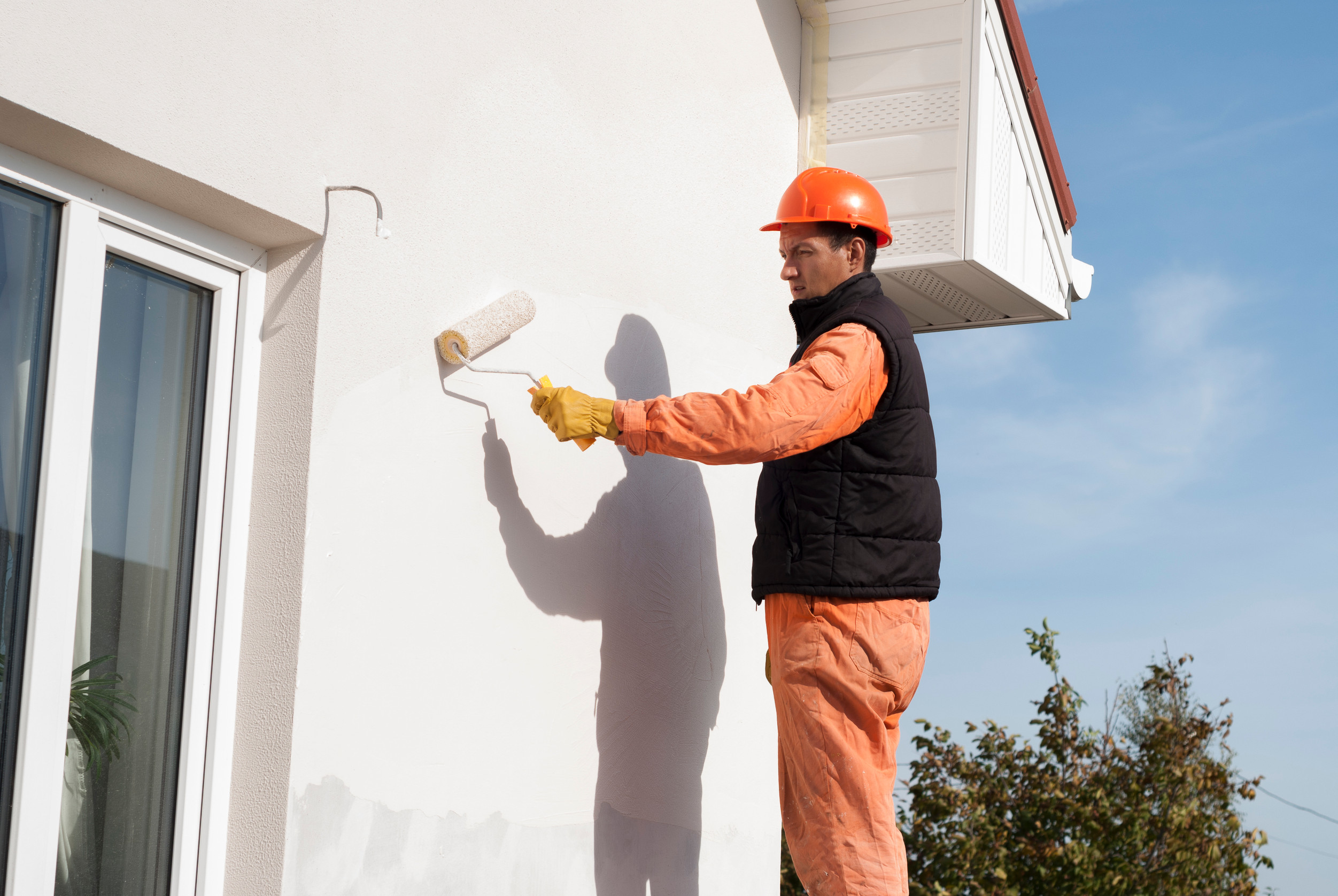When buying into a neighborhood governed by a homeowners association, the review process can feel like an intense audition. HOAs are tasked with protecting property values and keeping the community aligned, but that also means they’re on the lookout for anything that raises eyebrows.
Certain home features, no matter how charming to an individual buyer, can set off alarms during a review. These red flags can slow down approvals, spark negotiations, or even sink a deal if they’re serious enough. Understanding what stands out to an HOA is the key to navigating this process without surprises.
1. Oversized or Unapproved Structures
Big additions like detached garages, sheds, or workshops often cause HOAs to tighten their grip. Associations worry that oversized or unapproved structures clash with neighborhood aesthetics and make properties look inconsistent. Even something as seemingly harmless as a greenhouse or guest house can invite scrutiny if it’s not listed in the community’s architectural guidelines. Some HOAs require homeowners to submit detailed plans before building anything beyond the main residence. If that step is skipped, the structure might become a permanent strike against the property.
2. Nonconforming Paint Colors
That bold turquoise or fiery orange exterior might feel like personality, but HOAs see it as chaos in the making. Most associations maintain strict paint palettes to ensure visual harmony across the community. Homes that stray outside those approved colors are often red-flagged for “noncompliance.” In many cases, the HOA will demand the property be repainted to fit the guidelines, which can create a costly hurdle for new buyers. Bright, loud, or unusual hues are almost always magnets for review.
3. Unkempt Landscaping
Curb appeal is one of the HOA’s favorite measuring sticks, and messy landscaping sticks out instantly. Overgrown lawns, dead plants, or wild gardens can signal neglect in the eyes of an association board. HOAs want uniformity and neatness, not a front yard jungle or an abandoned flower bed. Even if the house itself is pristine, sloppy landscaping can overshadow it during review. This is often a major red flag because it signals extra work for the incoming owner.
4. Visible RVs, Boats, or Trailers
Vehicles that don’t blend neatly into garages or driveways often clash with HOA rules. Associations typically dislike RVs, boats, or trailers parked where everyone can see them, viewing them as disruptive to neighborhood aesthetics. These vehicles also suggest potential overcrowding or storage problems, which makes the property appear out of sync with community standards. Some HOAs require such vehicles to be stored off-site entirely, regardless of space on the lot. If a property is being reviewed with a boat parked out front, it’s almost guaranteed to raise concerns.
5. Fence Styles That Don’t Match
Fences can be a surprisingly hot-button issue for HOAs, especially when they vary wildly from the neighborhood’s uniform look. A wrought iron fence in a vinyl community, or a six-foot privacy wall in a neighborhood of open pickets, stands out like a sore thumb. HOAs often red-flag these because mismatched fences change the rhythm of the street view. Even slight variations in height or material can create enough tension to require corrective action. Properties with “rogue fences” often face demands for replacement before approval.
6. Improper Additions or Renovations
Renovations that don’t follow the HOA’s approval process are instant trouble. A converted garage, an enclosed patio, or even an extended deck may all break guidelines if the association wasn’t consulted first. HOAs worry about safety standards, structural integrity, and neighborhood continuity when reviewing these changes. If something looks suspiciously unapproved, the association can stall or deny the property’s clearance. Buyers may inherit the headache of either removing or reworking the feature to satisfy the rules.
7. Excessive Outdoor Decor
Seasonal decorations can be fun, but an HOA will take notice if the front yard resembles a theme park year-round. From oversized holiday inflatables to permanent yard ornaments, too much clutter is seen as lowering the neighborhood’s appeal. HOAs prefer a clean, restrained aesthetic and often limit the size and duration of visible decorations. Properties that don’t follow these limits are flagged quickly during reviews. What feels festive to a homeowner often reads as noncompliance to the association.
8. Neglected Exterior Maintenance
Peeling paint, cracked driveways, or worn-out roofs are major triggers for HOA red flags. Associations are highly sensitive to signs of neglect because they reflect on the overall image of the community. Even small details, like dirty siding or rusted gutters, can be flagged for repair before approval moves forward. HOAs consider these issues more than cosmetic; they see them as threats to property values if left unresolved. A property that looks like it’s been ignored is unlikely to pass without conditions attached.
Keep the HOA Happy
HOA reviews may feel intense, but they exist to preserve a consistent look and quality of life across a neighborhood. By understanding the features that raise red flags—like unapproved structures, mismatched fences, or neglected exteriors—buyers and sellers can prepare for smoother reviews. Addressing issues in advance shows the association that the property aligns with community standards. While HOAs can sometimes feel strict, they are ultimately gatekeepers for curb appeal and value.
Have you run into any HOA red flags yourself? Share your thoughts in the comments below.
Read More
6 Clues That You’re Being Watched By Your HOA
How a Small HOA Fine for Trash Bins Turned Into a Lien on the Home


